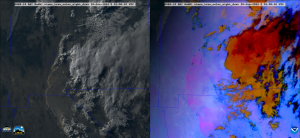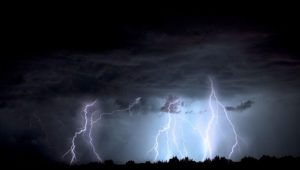As the flu season ramps up and brings along with it an increased threat of COVID-19 infections, it has been distressing for many to witness the assault on the leadership of the Centers for Disease Control and Prevention, known as the CDC.
Under the leadership of Health and Human Services Secretary, Robert F. Kennedy Jr., an infamous vaccine skeptic, the leadership of the organization has been decimated and confidence in its ability to meet the challenges we regularly face from infectious disease has dramatically decreased. These troubling developments come just weeks after the Department of Energy released a report on the impact of greenhouse gases on the climate of the United States written by five well-known skeptics of the broad scientific consensus on this urgent issue.
At every turn the current administration appears determined to undermine expertise, rather than employ it, too often substituting hard won understanding of how the natural world works with the untested and sometimes flatly erroneous assertions of unqualified, overconfident activists who demonstrate little respect for the extraordinary effort and patience required to develop scientific understanding.
Imagine if our weather forecasts, the importance and ubiquity of which are manifest in some of the most popular apps on our smartphones, were left to be made by crazy uncles or chemtrail conspiracy theorists. Would you have any confidence that such forecasts would be accurate? Wouldn’t that matter on snow days, thunderstorm days, heavy rain and wind days? Wouldn’t it matter to farmers and builders (among others) who often need time-specific forecasts to plan their many tasks?
There is no better organization to turn to for such vital information than our exceptional National Weather Service (NWS) precisely because it is staffed by experienced, scientifically trained meteorologists. The NWS is a clear example of the benefit accrued to societies wise enough to trust in, and invest in, expertise.
Steve Ackerman and Jonathan Martin, professors in the UW-Madison department of atmospheric and oceanic sciences, are guests on WHA radio (970 AM) at noon the last Monday of each month. Send them your questions at stevea@ssec.wisc.edu or jemarti1@wisc.edu.





